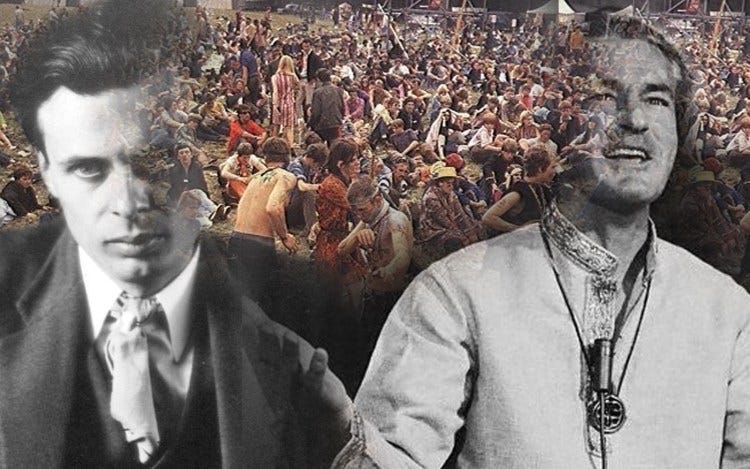Originally published on UK Column
In Aldous Huxley’s final novel, The Island, the Ultimate Revolution and predictive programming guru presents a subtly different and more nuanced version of the original Soma culture depicted in his Brave New World. While Huxley’s earlier novel presented a culture in which a magical drug called “soma” was used to chemically regulate people’s inner worlds to keep them “happy,” Huxley’s last novel presents a more mature vision in which the earlier system of psycho-chemical control evolves into a much subtler system of psycho-spiritual manipulation.
While Brave New World’s “soma” culture dulled the pain of an unfulfilled and innate longing within human beings—which the true philosophers, saints, poets and theologians across the ages have always embodied—the novel Island offers a clever imitation in the form of a magical substance called “moksha” (the name is appropriated from Hinduism). Huxley’s island thus presents a “spiritual” medicine capable of meeting…
Keep reading with a 7-day free trial
Subscribe to Age of Muses to keep reading this post and get 7 days of free access to the full post archives.




